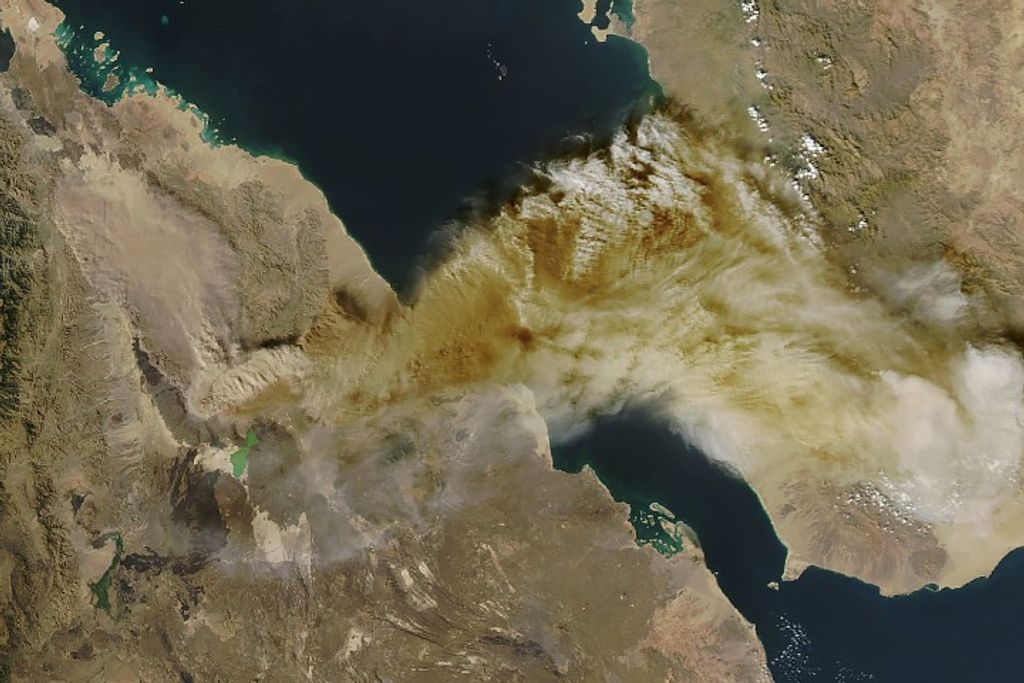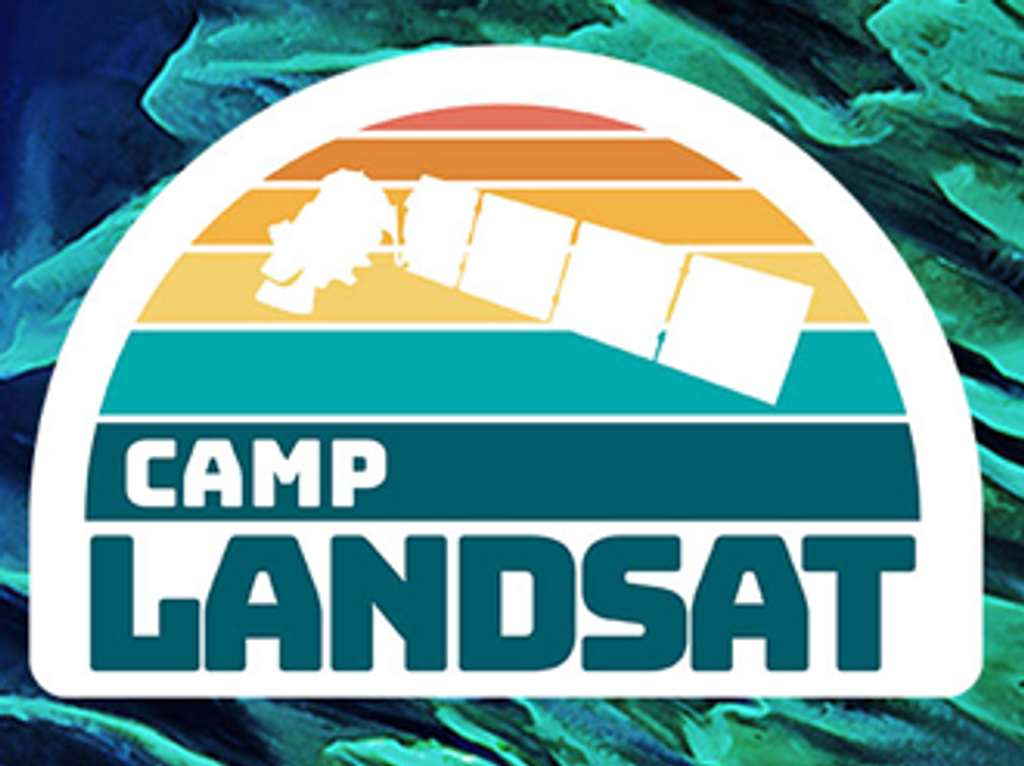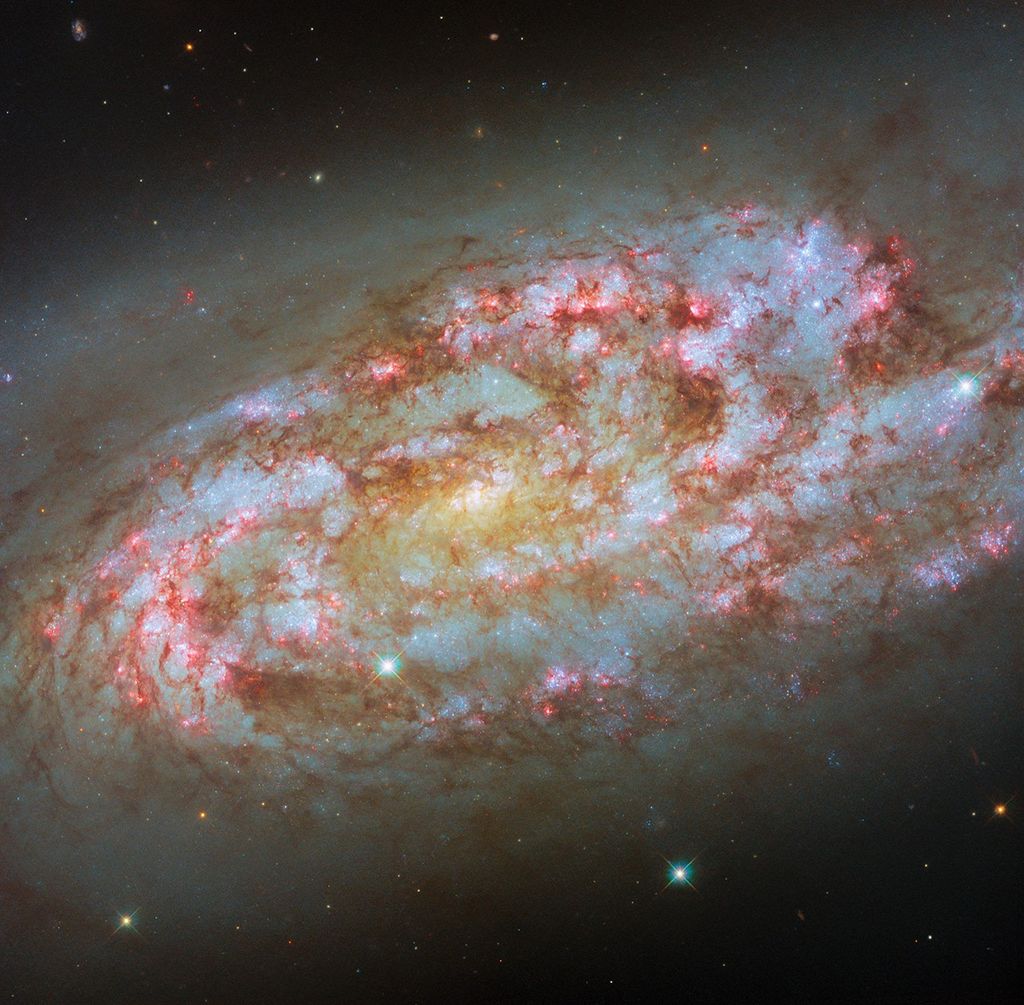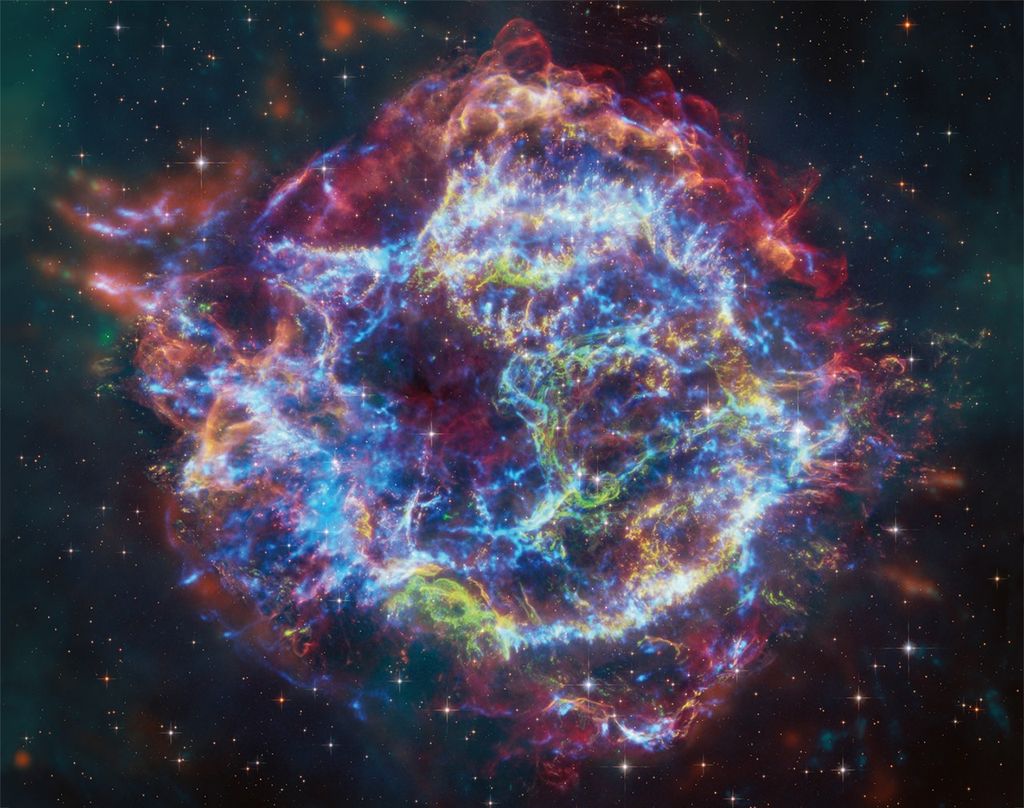1 min read
Compass and Scale Image for S/2004 N 1
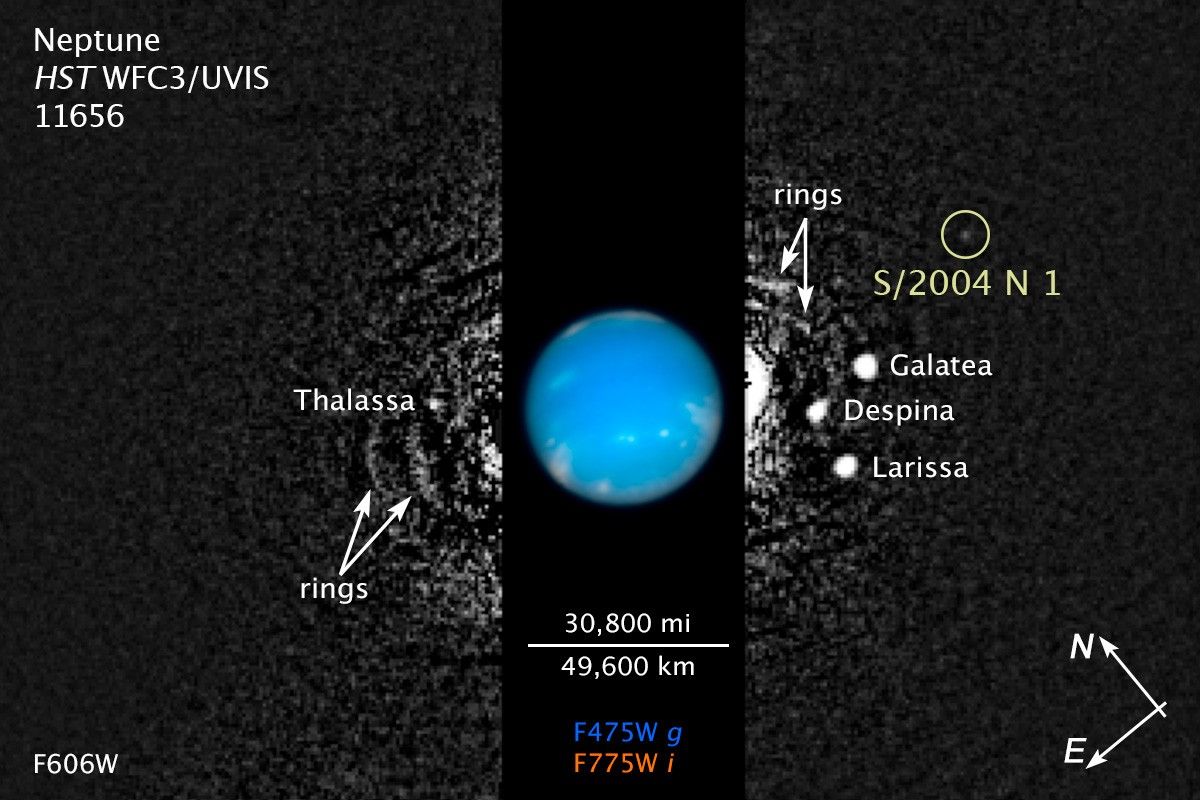
About the Object
- DistanceDistanceThe physical distance from Earth to the astronomical object. Distances within our solar system are usually measured in Astronomical Units (AU). Distances between stars are usually measured in light-years. Interstellar distances can also be measured in parsecs.The semi-major axis of Neptune's orbit about the Sun is 30.06 astronomical units (roughly 2.8 billion miles or 4.5 billion kilometers).
About the Data
- Data DescriptionData DescriptionProposal: A description of the observations, their scientific justification, and the links to the data available in the science archive.
Science Team: The astronomers who planned the observations and analyzed the data. "PI" refers to the Principal Investigator.This image was created from HST data from proposal 11656: M. Showalter (SETI Institute), I. de Pater (University of California, Berkeley), and J. Lissauer (NASA Ames Research Center). - InstrumentInstrumentThe science instrument used to produce the data.HST>WFC3/UVIS
- Exposure DatesExposure DatesThe date(s) that the telescope made its observations and the total exposure time.August 19, 2009
- FiltersFiltersThe camera filters that were used in the science observations.F475W (g), F606W (V), and F775W (i)
- Object NameObject NameA name or catalog number that astronomers use to identify an astronomical object.S/2004 N 1, Neptune
- Object DescriptionObject DescriptionThe type of astronomical object.Planet and Recently Discovered Neptunian Moon
- Release DateJuly 15, 2013
- Science ReleaseHubble Finds New Neptune Moon
- Credit

This image is a composite of many separate exposures made by the WFC3/UVIS instrument on the Hubble Space Telescope using three different filters. The color results from assigning different hues (colors) to each monochromatic image. In this case, the assigned colors are: Blue: F475W (g) Grayscale: F606W (V) Red/orange: F775W (i)

Related Images & Videos
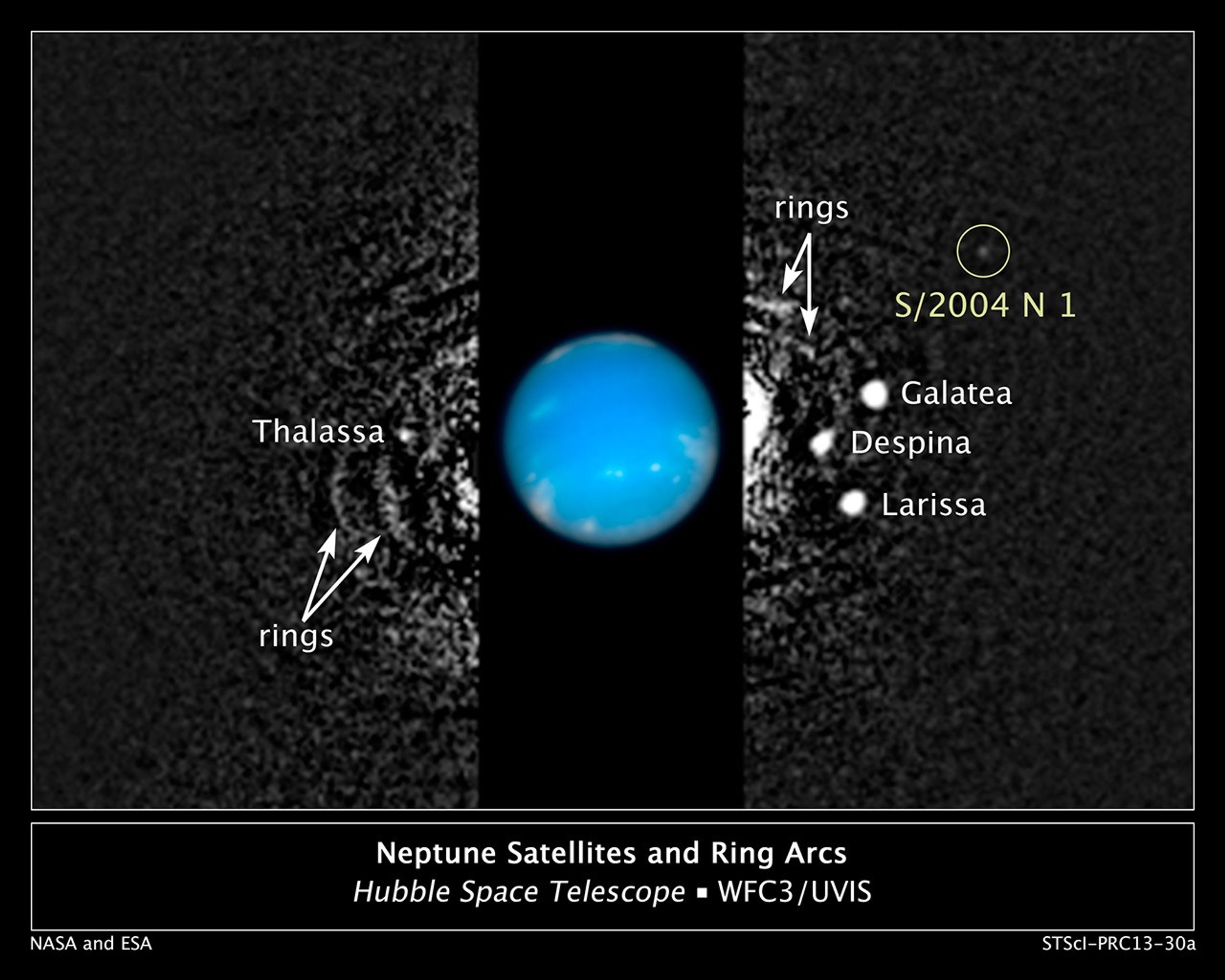
Hubble Finds New Moon Orbiting Neptune
This composite Hubble Space Telescope picture shows the location of a newly discovered moon, designated S/2004 N 1, orbiting the giant planet Neptune, nearly 3 billion miles from Earth. The moon is so small (no more than 12 miles across) and dim, it was missed by NASA's Voyager...

Orbit of Neptune's Newly Discovered Moon
This diagram shows the orbits of several moons located close to the planet Neptune. All of them were discovered in 1989 by NASA's Voyager 2 spacecraft, with the exception of S/2004 N 1, which was discovered in archival Hubble Space Telescope images taken from 2004 to 2009. The...
Share
Details
Claire Andreoli
NASA’s Goddard Space Flight Center
Greenbelt, Maryland
claire.andreoli@nasa.gov









